 A Mighty Girl
A Mighty Girl
Margaret Bourke-White, one of the pre-eminent photographers of the 20th century, pictured here atop New York City’s Chrysler Building, was born on this day in 1904. A staff photographer for Life magazine since its founding in 1936, one of her photos was featured on the cover of the very first issue of the famous news magazine. For decades, Bourke-White traveled the world photographing key events of her time. Early in her career, she took dramatic pictures of architecture and inside steel mills and factories, pioneering a new style of magnesium flare that allowed her to capture incredible details and earned her national renown. In 1930, she became the first Western photographer allowed to take pictures of Soviet industry during the Soviet five-year plan. Like her contemporary Dorothea Lange, she spent much of the 1930s photographing the downtrodden victims of America’s Great Depression.
When World War II broke out, Bourke-White was the first woman permitted to work in combat zones. She was the only foreign photographer in Moscow when German forces invaded and she captured the bombardment of the Kremlin in a series of dramatic photos. LIFE staff started referring to her as “Maggie the Indestructible” after repeatedly coming under fire and surviving being on a torpedoed ship in the Mediterranean, stranded on an Arctic island, and getting pulled out of Chesapeake Bay after a helicopter crash.
While attached to General Patton’s forces in Germany, she was one of the first photographers to document the horrors of the Buchenwald concentration camp after it was liberated. The following year, she photographed Mahatma Gandhi in India, including taking a now iconic photo of him at his spinning wheel. She is considered “one of the most effective chroniclers” of the violence that erupted during the partition of India and Pakistan. Bourke-White had a reputation for being relentless in her pursuit of the perfect photograph to embody her subject. “I feel that utter truth is essential,” she asserted, “and to get that truth may take a lot of searching and long hours.”
For a historical fiction novel about Margaret Bourke-White, check out “Girl with a Camera: Margaret Bourke-White, Photographer” for ages 12 and up at https://www.amightygirl.com/girl-with-a-camera
She is also one of the women featured in “Reporting Under Fire: 16 Daring Women War Correspondents and Photojournalists” for ages 12 and up: https://www.amightygirl.com/reporting-under-fire
For two children’s books about another famous female photographer, Dorothea Lange, we recommend “Dorothea’s Eyes: Dorothea Lange Photographs the Truth,” for ages 6 to 10 (https://www.amightygirl.com/dorothea-s-eyes) and “Dorothea Lange” for ages 5 to 8 (https://www.amightygirl.com/dorothea-lange-faces-of-depression)
To introduce children and teens to more trailblazing women like Margaret Bourke-White, visit our “Role Models” biography section at http://amgrl.co/2wRJudE
Credit: This photo of Margaret Bourke-White was taken by her dark room assistant Oscar Graubner.
This post was taken from A Mighty Girl’s Facebook page.






























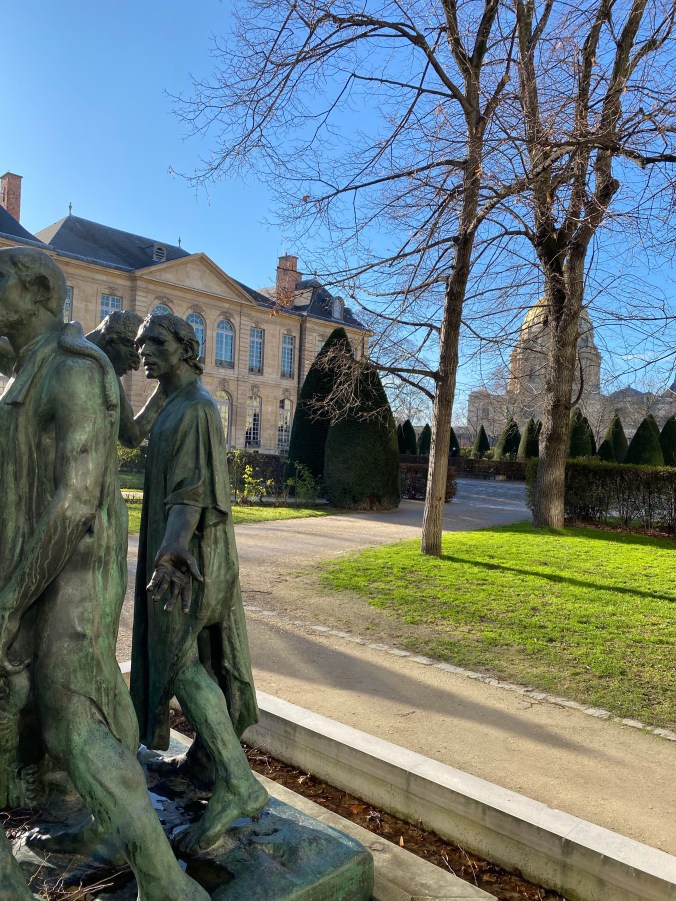






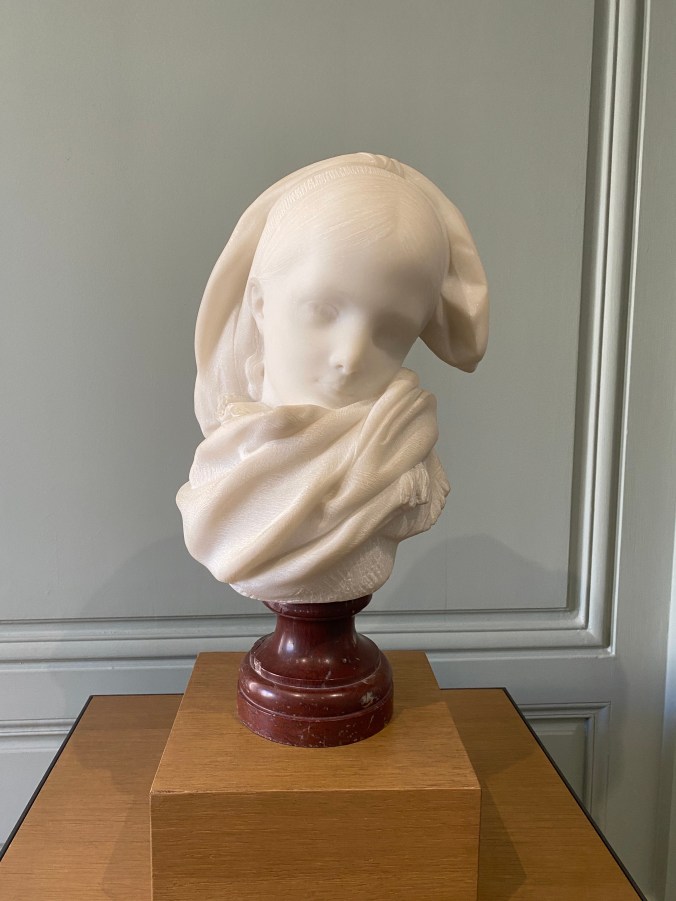









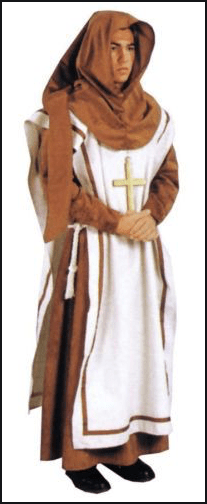


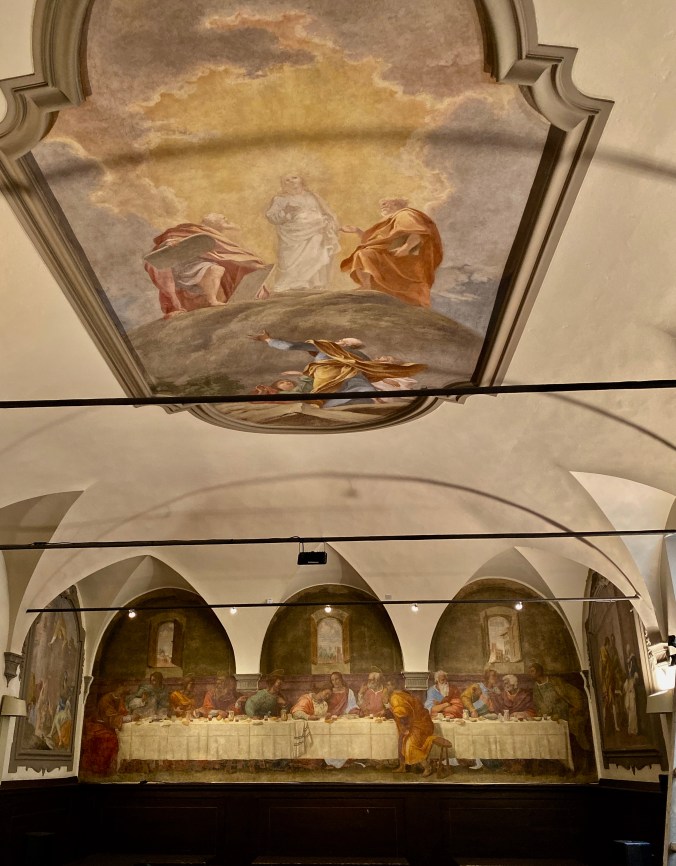































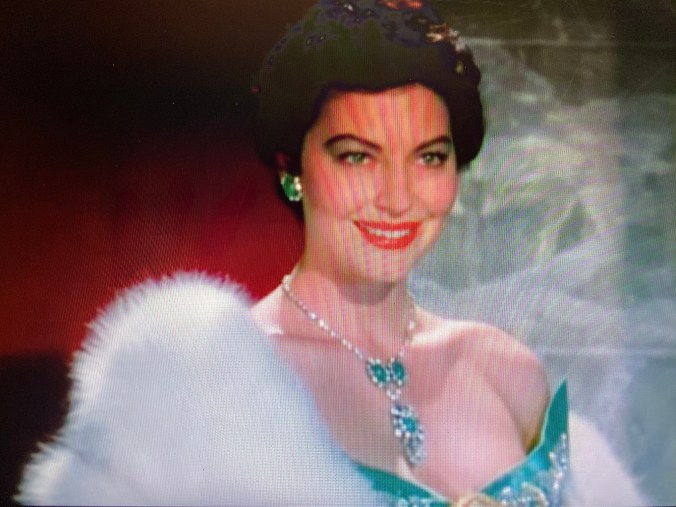
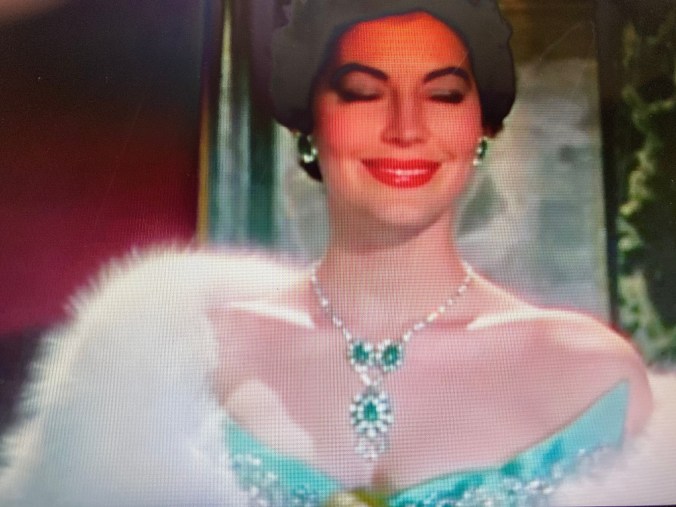































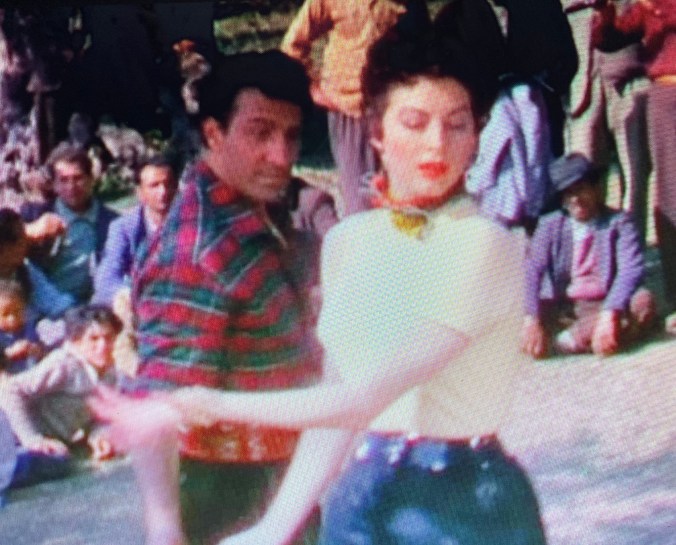























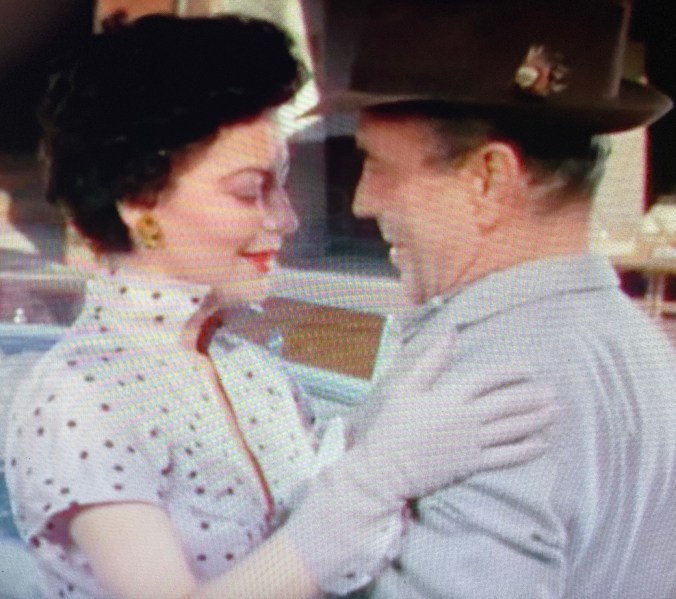

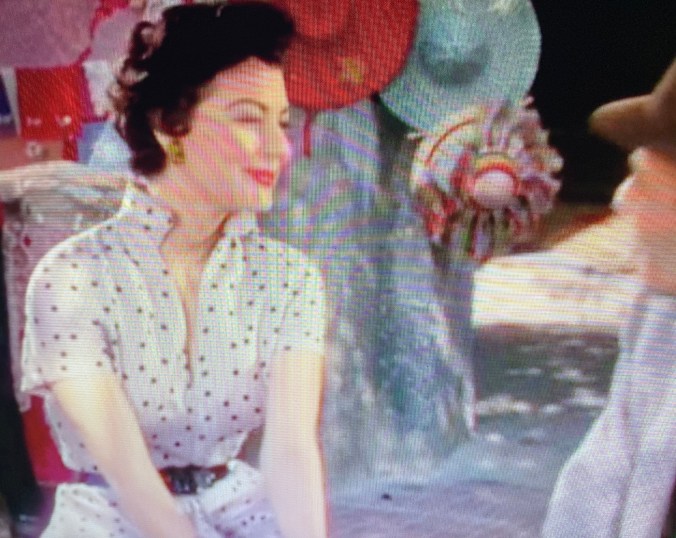
















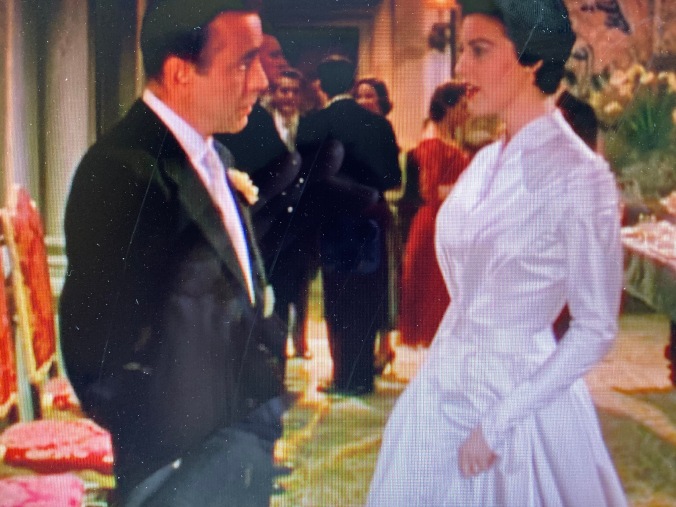
















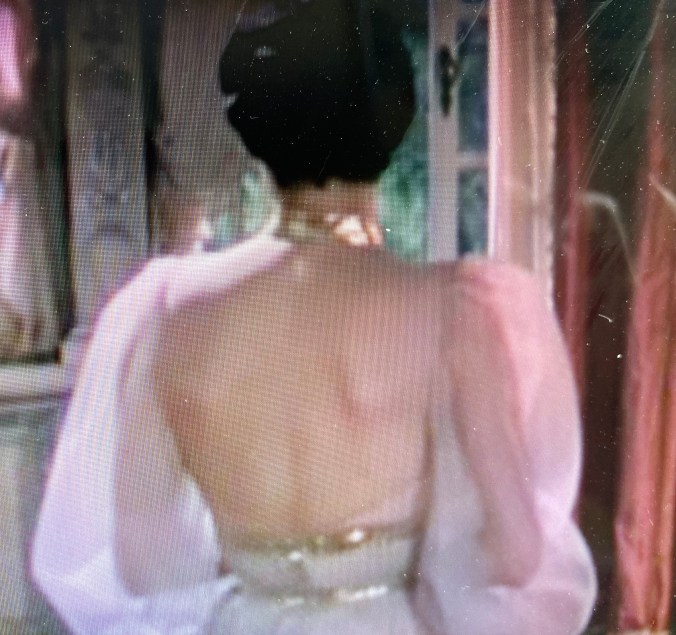

You must be logged in to post a comment.